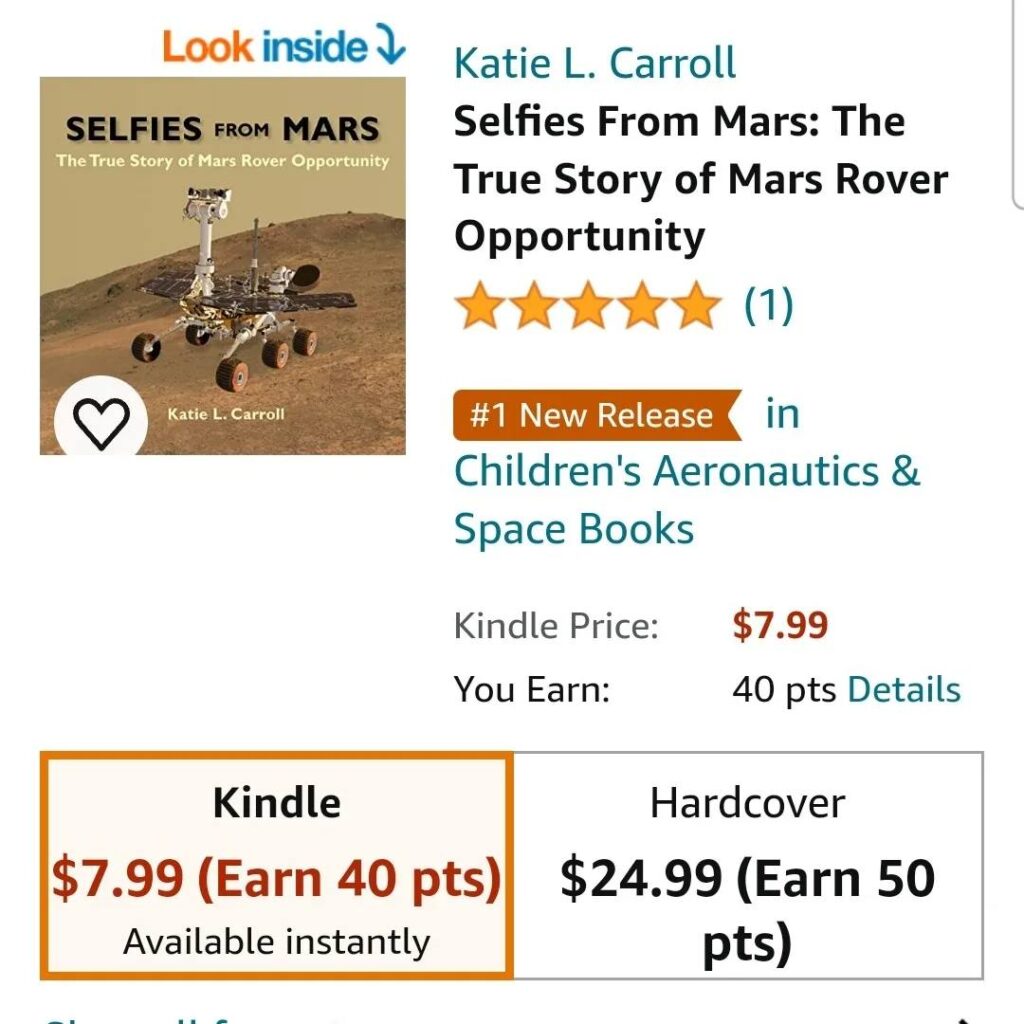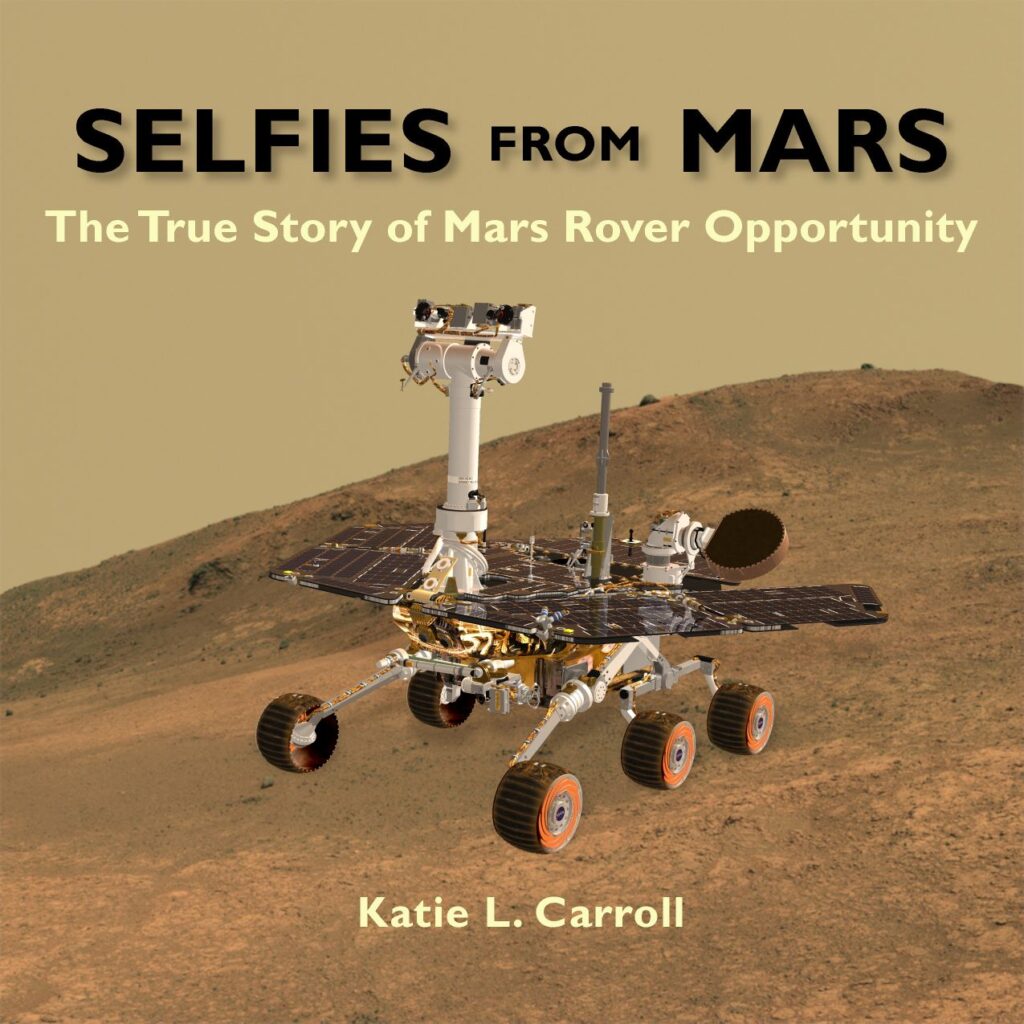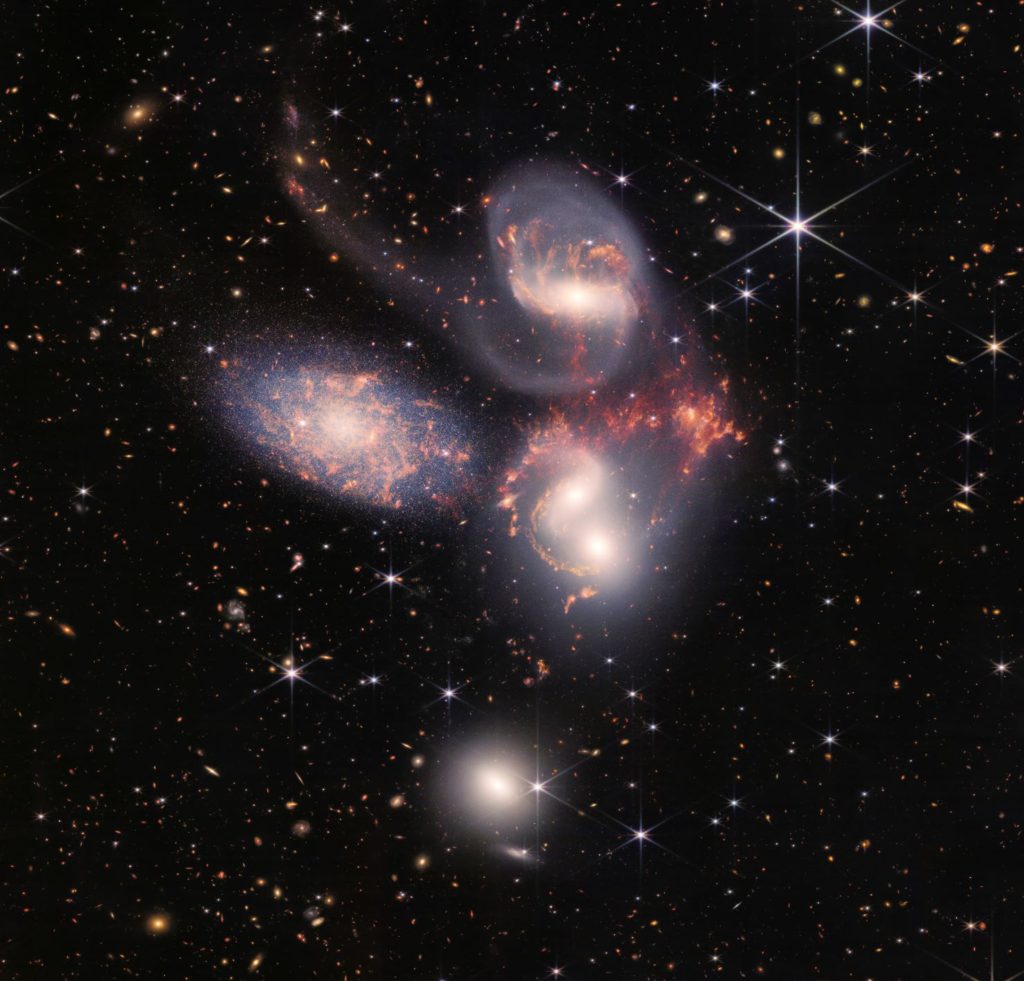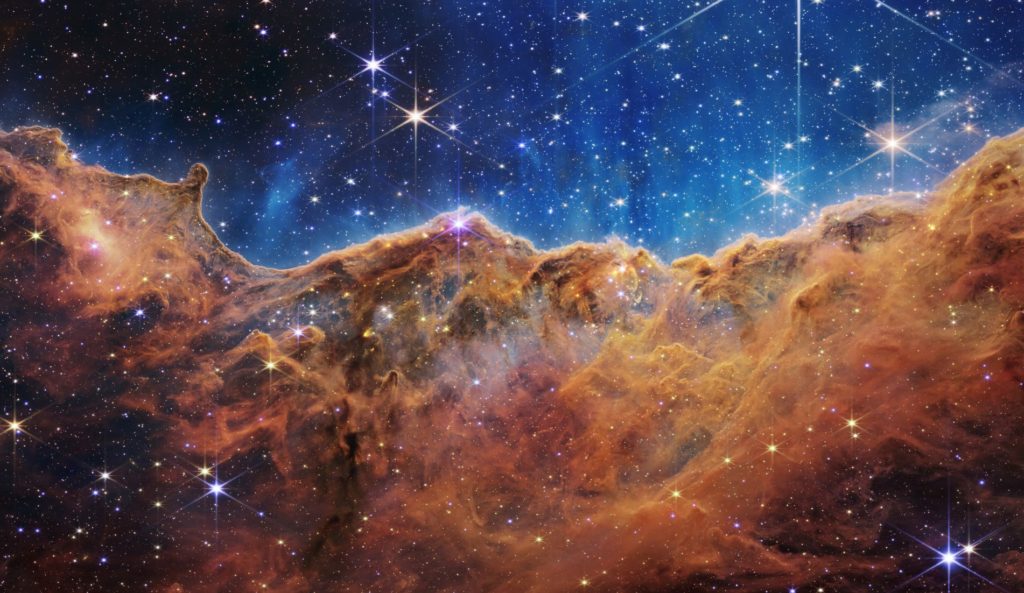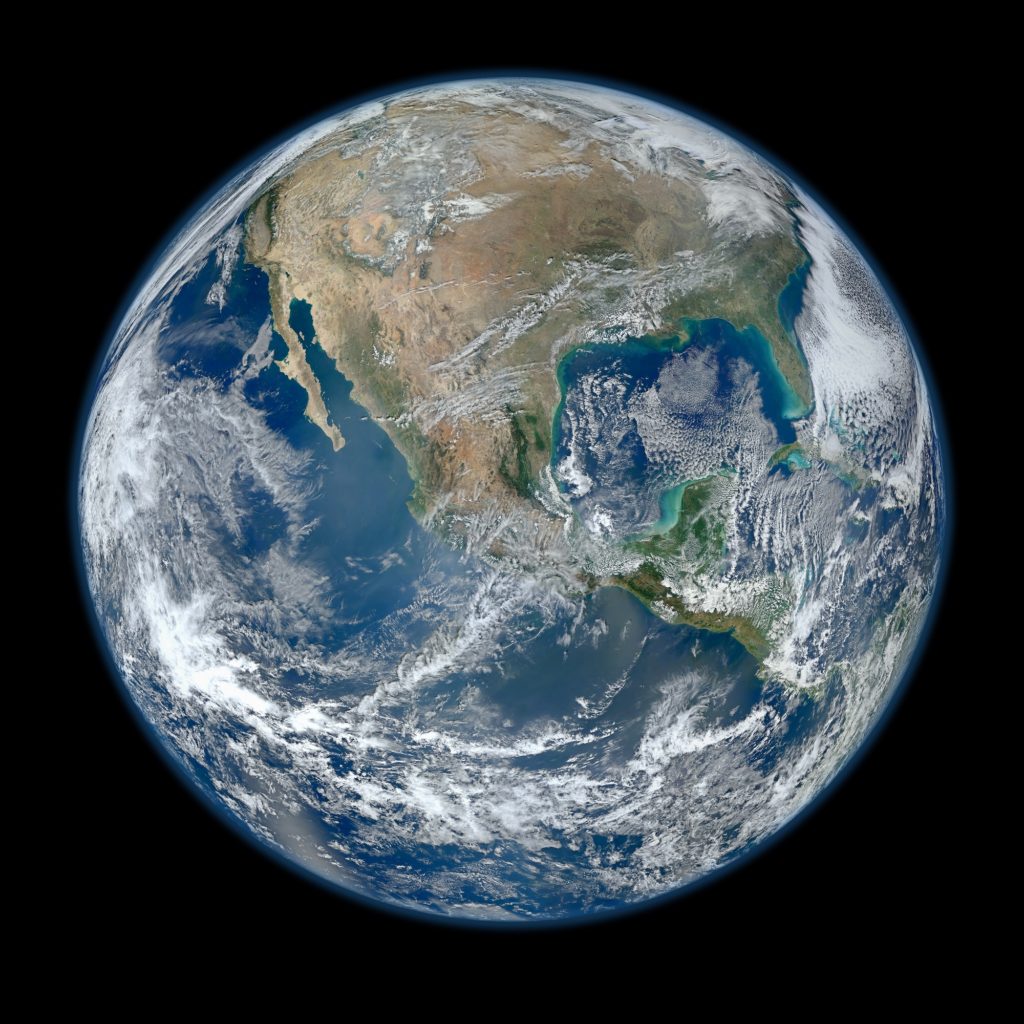I was very excited to discover that SELFIES FROM MARS: THE TRUE STORY OF MARS ROVER OPPORTUNITY earned an orange banner for being a #1 new release in children’s aeronautics & space books!
I have several other works-in-progress about space robots, including a fictional story about the real Mars rover Perseverance (and Mars helicopter Ingenuity) and a nonfiction one about the Voyager space probes. And it got me wondering, What it is about space robots that has sparked my imagination?
Considering the size of the universe, and even of the solar system, human space travel is–to put it mildly–very limited. The farthest we’ve been is the moon, on average 238,855 miles from Earth. That’s about the size of 30 Earths, and can be considered really far away in terms of Earthly travel.
How about Mars? Humans haven’t been there yet, but we’ve sent a bunch of robots there, and we might even get there soon. The answer here varies because of the constant rotation of the planets around the sun, but on average, Mars is 140 million miles away from Earth and it get as close as 35 million miles. A lot farther than the moon!
Looking at the solar system, it doesn’t really make sense to talk about it in millions of miles because it’s so large. So scientists use the Astronomical Unit (AU) to describe distances of that size. One AU is 93 million miles, which is the average distance between the sun and the Earth. Neptune is 30 AU from the sun, or 2.8 billion miles. The Kuiper Belt, where Pluto resides, isn’t even the end of the solar system, and that can be as far as 50 AU from the sun.
Depending on how you define the end of the solar system (and there isn’t necessarily consensus on this in the scientific community), our solar system can be measured from 122 AU (at the heliopause, the place where solar winds meet interstellar winds) all the way to 100,000 AU from the sun (at the Oort Cloud, the farthest reach of the sun’s gravitational influence).
So really, really large. And that’s just the solar system, never mind the mind-bending that is required to think about how big the universe is! Still with me?
That brings us back to, What does the size of the solar system have to do with my interest in space robots? Space robots can travel much, much farther than humans can.
Mars currently has two working rovers on it, Curiosity and Perseverance, and a helicopter named Ingenuity. The space probe Voyager 1 has been traveling through the solar system for more than 45 years. At 159 AU (approximately 14.8 billion miles from the sun), it is deeper out in space than any other human-made object, and has traveled beyond the heliopause. And there are numerous other space robots out exploring the sun, other planets, other moons, etc.
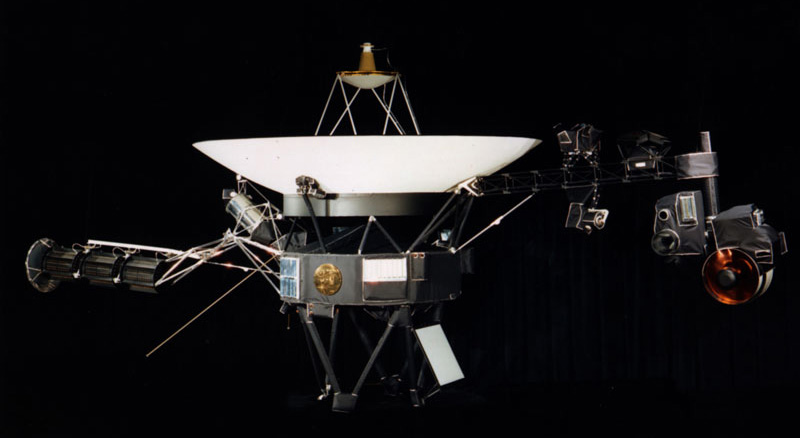
Space robots are our ambassadors to space! We can’t go there yet, so we send out these robots. Some of them even look a little like us, and they’re all robot scientists, communicating their findings back to Earth. We learn from them, but they also represent us.
Voyager 1 even contains a Golden Record with sights and sounds from Earth and mathematical instructions on how to listen to it. I love picturing aliens (or future humans) coming across Voyager 1 and listening to that record. What would they (or what would future humans) think of the humans that sent the record out into space?
Anyway, that definitely sparks my imagination. I think it’s also important to learn about those space robots that are out there representing humans in space: our interstellar ambassadors!
